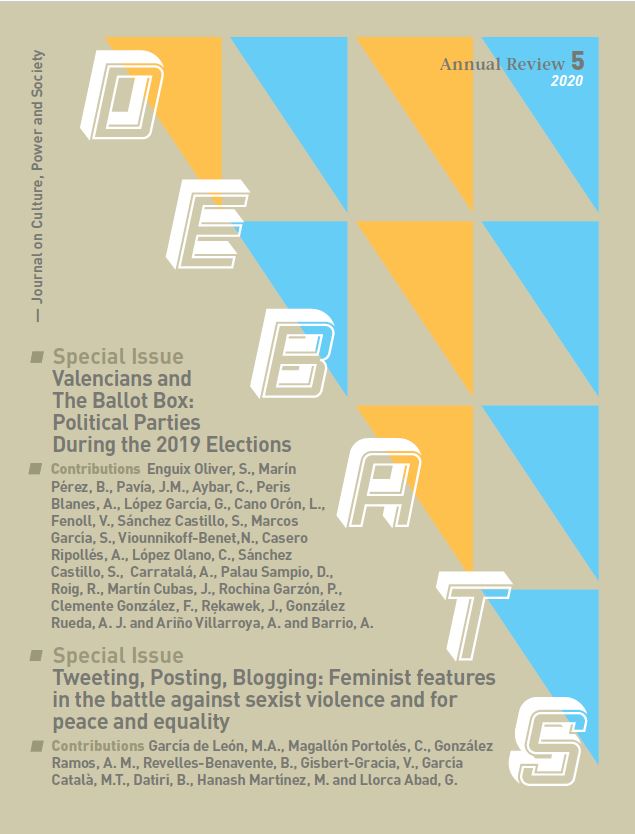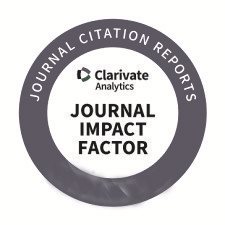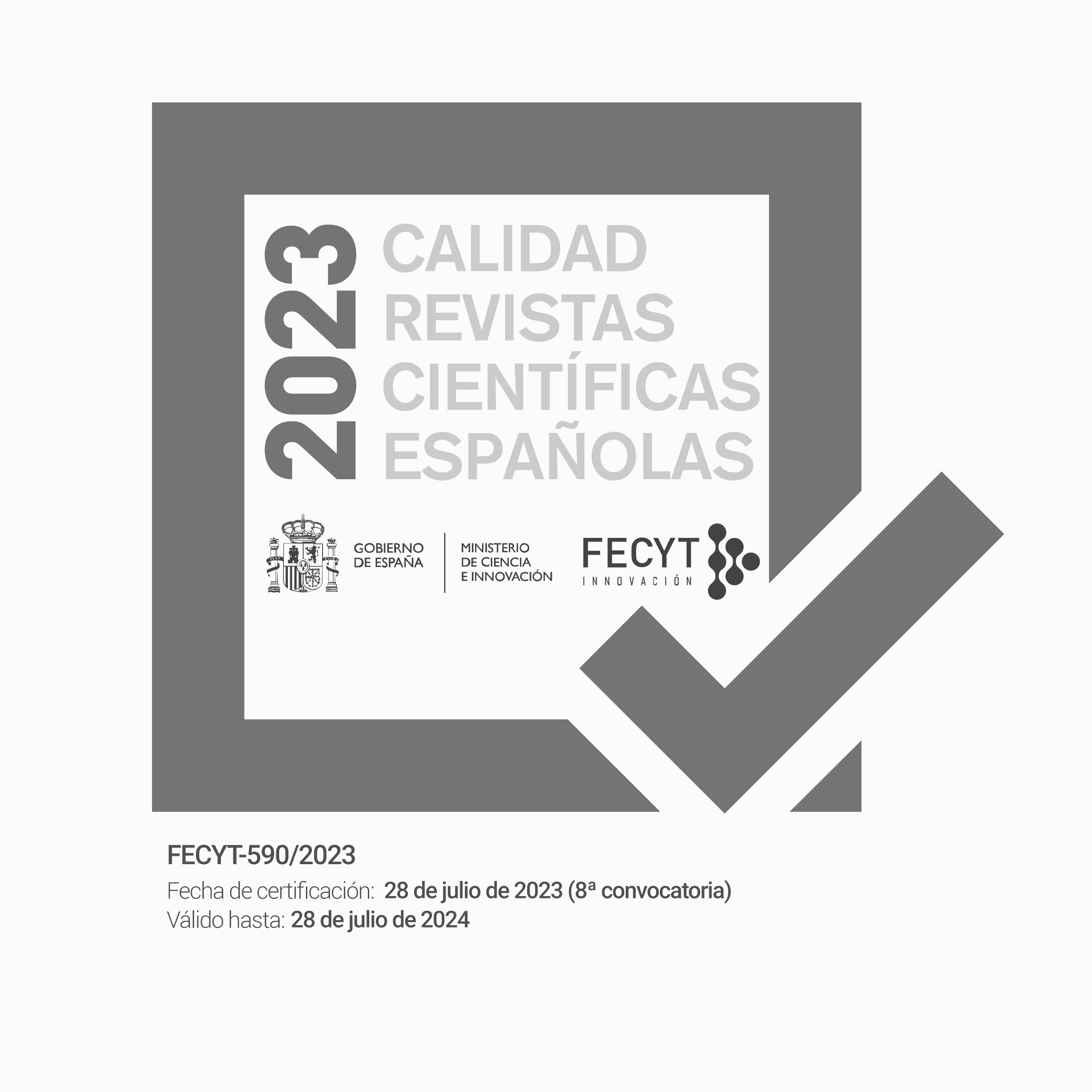Valencian Politicians under the spotlight of the À Punt TV network: A study of television coverage of the 2019 regional elections
DOI:
https://doi.org/10.28939/iam.debats-en.2020-4Paraules clau:
regional elections, Valencian politics, À Punt, political interviews, electoral debates, ‘infotainment’.Resum
Despite repeated failures by the former Valencian television network — Canal 9 [Channel 9] — to live up to its public broadcasting duties, the station’s closure in 2013 still came as a shock. The step by the regional government (then run by the Conservative Partido Popular — PP) had a huge public impact, depriving Valencians of their public TV network at a stroke. That is why Valencian society had high hopes when a new public media platform — Punt Mèdia — was launched. Among other things, politicians and broadcasters needed to show that a more even-handed, professional approach could be taken to media reporting. The 2019 Regional Elections were a wonderful opportunity to prove this. On the one hand, it was a chance to use
new audiovisual methods to better convey political information to citizens. On the other hand, it gave the network and its masters the chance to renounce the shameless political partisanship that had so marred Canal 9’s history. This paper looks at the extent to which these goals were attained. It does so by examining À Punt's coverage of the election. Specifically, we focused on political interviews with candidates, and on the electoral debates. Various methodologies, both quantitative and qualitative, were used. We found that both the form and depth of news stories were fairly balanced. Nevertheless, the network showed a surprising lack of ambition despite À Punt’s stated aspiration to be Valencia’s leading TV station.
Descàrregues
Referències
Abril, G. (1997). Teoría general de la información. Madrid: Cátedra.
Barreiro, X., Pereira, L. M., García, G. (2015). Los efectos sobre el voto de la campaña electoral en las elecciones
europeas de 2014 en España. Revista Española de Ciencia Política, 39, 67-93.
Bennet, L. W. (2012). The Personalization of Politics: Political Identity, Social Media, and Changing Patterns of
Participation. The Annals of the American Academy of Political and Social Science, 644(1), 20-39.
Benson, R. (2005). Mapping Field Variation: Journalism in France and The United States. In R. Benson and E. Neveu (ed.), In Bourdieu and the Journalistic Field (p. 85-112). Cambridge: Polity Press.
Berrocal Gonzalo, S. (co-ord.) (2017). Politainment: La política como espectáculo en los medios de comunicación. Valencia: Tirant Humanidades.
Berrocal, S., Redondo, M., Martín, V., Campos, E. (2014). La presencia del infoentretenimiento en los canales
generalistas de la TDT. Revista Latina de Comunicación Social, 69, 85-109.
Blumler, J. and Kavanagh, D. (1999). The Third Age of Political Communication: Influences and Features. Political
Communication, 16(3), 209-230.
Bolin, G. (2014). Television Journalism, Politics, and Entertainment: Power and Autonomy in the Field of Television
Journalism. Television & New Media, 15(4), 336-349.
Brants, K. (1998). Who’s Afraid of Infotainment? European Journal of Communication, 13(3), 315-336.
Canel, M. J. (2006). Comunicación política: Una guía para su estudio y práctica. Madrid: Tecnos.
Casero Ripollés, A., Feenstra, R. A. and Tormey, S. (2016). Old and New Media Logics in an Electoral Campaign: The Case of Podemos and the Two-way Street Mediatization of Politics. The International Journal of Press/Politics,
(3), 378-397.
Casero Ripollés, A., Izquierdo Castillo, J. and Doménech Fabregat, H. (2014). From Watchdog to Watched Dog:
Oversight and Pressures between Journalists and Politicians in the Context of Mediatization. Trípodos, 34, 23-40.
Casero Ripollés, A., Ortells Badenes, S. and Rosique Cedillo, G. (2017). La disolución de las viejas fronteras: La fusión entre información y entretenimiento en el periodismo político. In A. Casero Ripollés and P. López Rabadán
(ed.), Periodistas y políticos en España (p. 119-142. Barcelona: UOC.
Castelló, E. (ed.) (2012). La mediatización del conflicto político: Discursos y narrativas en el contexto español. Barcelona: Laertes.
Chadwick, A. (2013). The Hybrid Media System. Politics and Power. New York: Oxford University Press.
Clayman, S. E. (1992). Footing in the Achievement of Neutrality: The Case of News Interview Discourse. In P.
Drew and J. Heritage (ed.), Talk at Work: Interaction in Institutional Settings (p. 163-198). Cambridge: Cambridge
University Press.
Clayman, S. E. and Heritage, J. (2002). The News Interview: Journalists and Public Figures on the Air. Cambridge:
Cambridge University Press.
Col·lectiu Blasco (2014). Reset RTVV: Per unes polítiques de comunicació al servei de la societat. Benicarló: Onada Edicions.
Conway, B. A., Kenski, K. and Wang, D. (2015). The Rise of Twitter in the Political Campaign: Searching for Intermedia Agenda-setting Effects in the Presidential Primary. Journal of Computer-Mediated Communication, 20, 363-380.
Cortés, L. and Bañón, A. M. (1997). Comentario lingüístico de textos orales II: El debate y la entrevista. Madrid: Arco Libros.
Couldry, N. and Hepp, A. (2013). Conceptualizing Mediatization: Contexts, Traditions, Arguments. Communication
Theory, 23, 191-202.
Dayan, D. and Katz, E. (1995). La historia en directo: La retransmisión televisiva de los acontecimientos. Barcelona: Gustavo Gili.
De Moragas, M., Garitaonaindía, C. and López, B. (ed.) (1999). Televisión de proximidad en Europa: Experiencias de descentralización en la era digital. Bellaterra: Universitat Autònoma de Barcelona.
Delli Caprini, M. and Williams, B. A. (2011). After Broadcasting News. Cambridge: Cambridge University Press.
Edelman, M. (1988). Constructing the Political Spectacle. Chicago: Chicago University Press.
Flors, B., and Climent, V. (ed.) (2013). Adéu RTVV: Crònica del penúltim fracàs de la societat valenciana. Valencia:
Publicacions de la Universitat de València.
Francés i Domènec, M. (2014). La TV local de proximidad: Historia de un fracaso como servicio público en la
teledifusión digital valenciana. In A. Boix and J. M. Vidal (ed.), La nueva regulación del audiovisual: Medios,
derechos y libertades (p. 139-152). Pamplona: Aranzadi.
García, J. (2015). La cobertura mediática de los debates electorales en España. Revista Española de Ciencia Política, 38, 135-161.
Hallin, D. and Mancini, P. (2004). Comparing Media Systems: Three Models of Media and Politics. New York: Cambridge University Press.
Harrington, S. (2008). Popular News in the 21st Century: Time for a New Critical Approach? Journalism, 9(3), 266-284.
Hartley, J. (2000). Los usos de la televisión. Barcelona: Paidós.
Hepp, A., Hjarvard, S. and Lundby, K. (2015). Mediatization: Theorizing the Interplay between Media, Culture and
Society. Media, Culture & Society, 37(2), 314-324.
Heritage, J. and Clayman, S. (2010). Talk in Action: Interactions, Identities and Institutions. Chichester: Wiley-Blackwell.
Heritage J. and Greatbatch, D. (1991). On the Institutional Character of Institutional Talk: The Case of News
Interviews. In D. Boden and D. H. Zimmerman (ed.), Talk and Social Structure: Studies in Ethnomethodology and
Conversation Analysis (p. 93-137). Cambridge: Polity Press.
Holtz Bacha, Ch. (2003). Comunicación política: Entre la privatización y la espectacularización. Diálogo Político,
, 137-154.
Humanes, M. L. (2014). Exposición selectiva y partidismo de las audiencias en España: El consumo de información
política durante las campañas electorales de 2008 y 2011. Palabra Clave, 17(3), 773-802.
Langer, J. (2000). La televisión sensacionalista: El periodismo popular y las «otras noticias». Barcelona: Paidós.
Lauerbach G. (2004). Political Interviews as Hybrid Gener. Text, 24(3), 353-397.
León, B. (2010). Introducción: Información y espectáculo en un nuevo ecosistema informativo. In B. León (co-ord.), Informativos para la televisión del espectáculo (p. 17-29). Seville/Zamora: Social Communication.
López García, G., and Valera Ordaz, L. (ed.) (2017). Pantallas electorales. El discurso de partidos, medios y ciudadanos en la campaña de 2015. Barcelona: UOC.
López García, G., Llorca Abad, G., Valera Ordaz, L. and Peris Blanes, A. (2018). Los debates electorales, ¿el último reducto frente a la mediatización? Un estudio de caso de las elecciones generales españolas de 2015. Palabra Clave, 21(3), 772-797. DOI: http://doi.org/10.5294/pacla.2018.21.3.6
Maarek, Ph. J. (2009). Marketing político y comunicación: Claves para una buena información política. Barcelona: Paidós.
Marchetti, D. (2005). Subfields of Specialized Journalism. In R. Benson and E. Neveu (ed.), Bourdieu and the Journalistic Field (p. 64-82). Cambridge: Polity Press.
Marín Pérez, B. (2003). Comunicación política en televisión y nuevos medios. In S. Berrocal (ed.), Debates electorales por televisión (p. 207-243). Barcelona: Ariel.
Marzal Felici, J. and Soler Campillo, M. (2016). Retos de la futura radiotelevisión pública de la Comunidad Valenciana: Un espacio para la aplicación de buenas prácticas públicas. In M. Francés i Domènec and G. Orozco Gómez (coord.), Nuevos modelos mediáticos: Diversidad, usuarios y ventanas (p. 121-134). Madrid: Editorial Síntesis.
Marzal, J. J. and Zallo, R. (2016). Las televisiones públicas de proximidad ante los retos de la sociedad digital. Communication & Society, 29(4), 1-7.
Marzal, J. J., Casero, A. and Izquierdo, J. (ed.) (2015). La crisis de la televisión pública: El caso de RTVV y los retos de una nueva gobernanza. Valencia: Publicacions de la Universitat de València.
Mazzoleni, G. (2010). La comunicación política. Madrid: Alianza Editorial.
Mazzoleni, G. and Schulz, W. (1999). Mediatization of Politics: A Challenge for Democracy? Political Communication, 16(3), 247-261.
Mazzoleni, G. and Sfardini, A. (2009). Politica Pop: De ‘Porta a Porta’ a ‘L’isola dei famosi’. Bologna: Il Mulino.
McChesney, R. W. (1999). Rich Media, Poor Democracy: Communication Politics in Dubious Times. Urbana: University of Illinois Press.
Montgomery, M. (2008). The Discourse of the Broadcast News Interview. Journalism Studies, 9(2), 260-277.
Neuendorf, K. A. (2002). The Content Analysis Guidebook. Thousand Oaks: SAGE.
Nimmo, D. (1995). The Formation of Candidate Images during Presidential Campaigns. Candidate Images in Presidential Elections, 51-63.
Pellisser, N. and Pineda, A. (2014). Información política televisiva y espectacularización: Un análisis comparativo deprogramas informativos y de infoentretenimiento. Estudios sobre el Mensaje Periodístico, 20(2), 821-839.
Peris Blanes, À. and López Rico, C. M. (2017). Los programas de entretenimiento: espectáculo y emoción en la comunicación política española. In G. López García and L. Valera Ordaz (ed.), Pantallas electorales: El discurso de partidos, medios y ciudadanos en la campaña de 2015 (p. 129-151). Barcelona: UOC.
Peris Blanes, À., Llorca Abad, G., Sánchez Castillo, S., López Rico, C. M. (2017). La televisión y la formación de la opinión pública: informativos y debates electorales. In G. López García and L. Valera Ordaz (ed.), Pantallas Electorales. El discurso de partidos, medios y ciudadanos en la campaña de 2005 (p. 101-128). Barcelona: UOC.
Peris, À. (2015). Canal 9 i el sector audiovisual valencià: Una relació traumàtica. In J. Rodríguez and Santonja (ed.), Present, passat i futur d’RTVV (p. 63-99). Valencia: Uno and Cero Ediciones.
Pomerantz, A. (1984). Agreeing and Disagreeing with Assessments: Some Features of Preferred/ dispreferred Turn Shapes. In J. M. Atkinson and J. Heritage (ed.), Structures of Social Action: Studies in Conversation Analysis (p. 57-101). Cambridge: Cambridge University Press.
Redondo, M. and Campos Domínguez, E. (2015). Implicaciones éticas del infoentretenimiento televisivo. Comunicació. Revista de Recerca i d’Anàlisi, 32(1), 73-89.
Roca Cuberes, C. (2014). Political Interviews in Public Television and Commercial Broadcasters: A Comparison. Discourse and Communication, 8(2), 155-179.
Sánchez Castillo, S. (2018). Audiovisual Politeness in TV Political Interviews. Communication & Society, 31(2), 137-152.
Sánchez Duarte, J. M. (2016). La red como espacio para la militancia política: Tecnología y participación en campaña electoral. Communication & Society, 29(3), 33-47.
Shirky, C. (2008). Here Comes Everybody: The Power of Organizing without Organizations. London: Allan Lane.
Strömback, J. (2008). Four Phases of Mediatization: An Analysis of Mediatization of Politics. The International Journal of Press/Politics, 13(3), 228-246.
Thussu, D. K. (2007). News as Entertainment. London: SAGE.
Vaccari, C. (2013). Digital Politics in Western Democracies: A Comparative Study. Baltimore: John Hopkins University Press.
Vaccari, C., Chadwick, A. and O’Loughlin, B. (2015). Dual Screening the Political: Media Events, Social Media, and Citizen Engagement. Journal of Communication, 65, 1041-1061.
Valera Ordaz, L. (2015). La influencia de los partidos políticos españoles en las agendas de medios y blogs durante la campaña electoral de 2011. Communication & Society, 28(3), 115-135.
Descàrregues
Publicades
Com citar
Número
Secció
Llicència
Sense perjudici del que disposa l'article 52 de la Llei 22/1987 d'11 de novembre de Propietat Intel·lectual, BOE del 17 de novembre de 1987, i conforme a aquest, els/les autors o autores cedeix/en a títol gratuït els seus drets d'edició, publicació, distribució i venda sobre l'article, per tal que siga publicat a Debats. Revista sobre cultura, poder i societat.
Debats. Revista de cultura, poder i societat es publica sota el sistema de llicències Creative Commons segons la modalitat “Reconeixement – NoComercial (by-nc): Es permet la generació d’obres derivades sempre que no se’n faça un ús comercial. Tampoc no es pot fer servir l’obra original amb finalitats comercials”.
Així, quan l’autor/a envia la seva col·laboració, accepta explícitament aquesta cessió de drets d’edició i de publicació. Igualment autoritza Debats. Revista de cultura, poder i societat la inclusió del seu treball en un fascicle de la revista perquè es puga distribuir i vendre.











